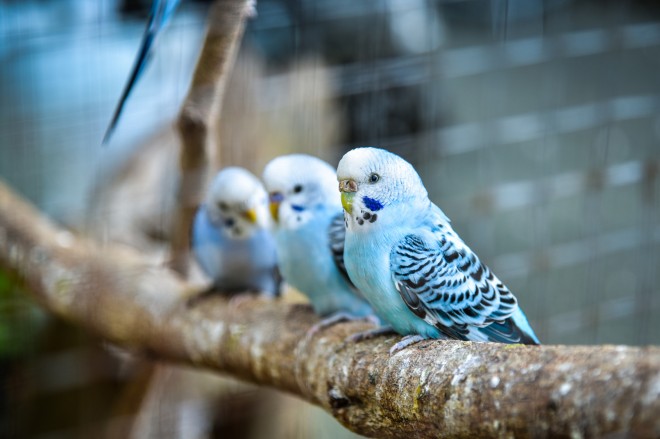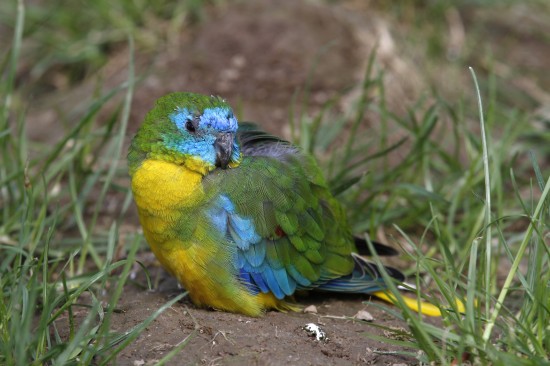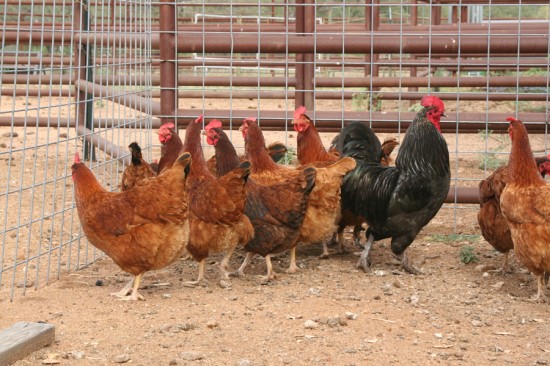Twenty Five Fun And Interesting Facts About Budgies

Budgies or budgerigars are among the most popular pet birds kept in the UK, and most of us know at least one person who keeps a couple at home! If you are considering a pet bird but do not have the time, space or budget for a larger bird such as a parrot, or if you are simply enthralled by their smaller, more manageable cousins, the budgie might be the perfect choice of pet for you.
In this article, we will introduce you to 25 fun and interesting facts about pet budgies, to increase your knowledge. Read on to learn more!
- Budgies have a third eyelid that is not usually visible, but that is important for lubricating the eyes and keeping them clear of dirt and debris.
- Historically, the budgerigar has gone by a variety of different names in different parts of the world, including the canary parrot, shell parrot, zebra parrot, warbling grass parakeet, and undulated parakeet.
- Budgies have a very high resting respiration rate, ranging between 65-85 breaths per minute.
- The heart rate of the budgie is also extremely fast and cannot be monitored by listening in the normal way, as it beats over 300 times per minute!
- The original budgies were greeny-yellow in colour, and from this, other colours developed. The second colour was all-yellow, which was bred from a genetic mutation. The first blue budgie wasn’t seen until 1878!
- Budgies can move and see out of each eye independently of the other one, which is known as having monocular vision.
- A budgie can have up to 3,000 feathers in total across their whole body.
- Budgies grind their beaks when they are happy and relaxed, similar to cats and purring!
- The bones of budgies (and most other birds that are capable of flight) are hollow, and filled with air sacs rather than bone marrow.
- Budgies have more vertebrae in their necks than humans do, allowing them to swivel their heads up to 180 degrees, or allow them to face backwards!
- Budgies can only afford to lose between 10-12 drops of blood before their blood loss becomes fatal.
- The skeleton of female budgies gains density during the breeding season, as she stockpiles calcium to support breeding. This can make the female budgie gain around 20% of her bodyweight during this time!
- The shells of a budgie’s eggs are covered with pores, which allow oxygen and carbon dioxide to enter and exit the shell.
- The patterns of light and the shortening and lengthening of the days tells the female budgie when it is breeding season. Artificial lighting can interfere with this.
- In mammals such as humans, our lungs themselves expand and contract as we breathe, as air flows in and out. In budgies, the muscles of the chest cavity itself expands and contracts, to force air in and out.
- Budgies do not have a bladder, and so their urine and faeces pass out of the same entrance. Budgies do not urinate!
- Budgies also poop as often as every twenty minutes!
- Budgie’s range of hearing ranges from 400-20,000 Hz, and budgies can remember sequences of sounds, and sometimes mimic them.
- Budgies have an incredibly acute vision in terms of the number of images their brains can process at a time; budgies can register over 150 images per second, compared with just 16 for humans!
- While there is no guarantee that any given budgie will sing or talk, budgies are among the most vocal of all pet bird species, and most budgies can at least say a few words! They also tend to have a greater vocabulary and clearer voices than most other pet birds, including the cockatoo and macaw.
- There are two distinct species of budgies, which are the Australian budgie and the English budgie, which is slightly larger. The English budgie is deliberately bred for the pet trade, while the Australian budgie is more similar to the natural original wild variant of the breed.
- English budgies are generally a couple of inches larger than wild Australian budgies, and have larger heads as well as grater plumage around their crown and face.
- Budgies were widely thought for many years to be a smallest species of parrot, but in fact another species, called the Parrotlet, is the smallest. For many years, the Parrotlet was not identified as a parrot species at all. Often, there is little difference between the size of a large Parrotlet and a small budgie!
- Budgies are a type of parakeet, but as there are so many different types of parakeets in various different sizes, budgies are not always referred to as such.
- Budgies can be taught to count up to three, and do very basic sums that involve just those three numbers! So if you put three treats in your hand in front of your budgie and only offer them two, they will probably know that they are being short changed!


 How A Dogs Behaviour Can Change With Old Age
How A Dogs Behavi
How A Dogs Behaviour Can Change With Old Age
How A Dogs Behavi
 Labrador Retriever Hereditary Health And Health Testing
Labrador Retrieve
Labrador Retriever Hereditary Health And Health Testing
Labrador Retrieve
 Some Frequently Asked Questions About Bladder Stones In The Dog
Some Frequently A
Some Frequently Asked Questions About Bladder Stones In The Dog
Some Frequently A
 Turquoise Parrot
Turquoise Parrot
Turquoise Parrot
Turquoise Parrot
 Keeping Poultry - A Beginners Guide
Keeping Poultry -
Keeping Poultry - A Beginners Guide
Keeping Poultry -